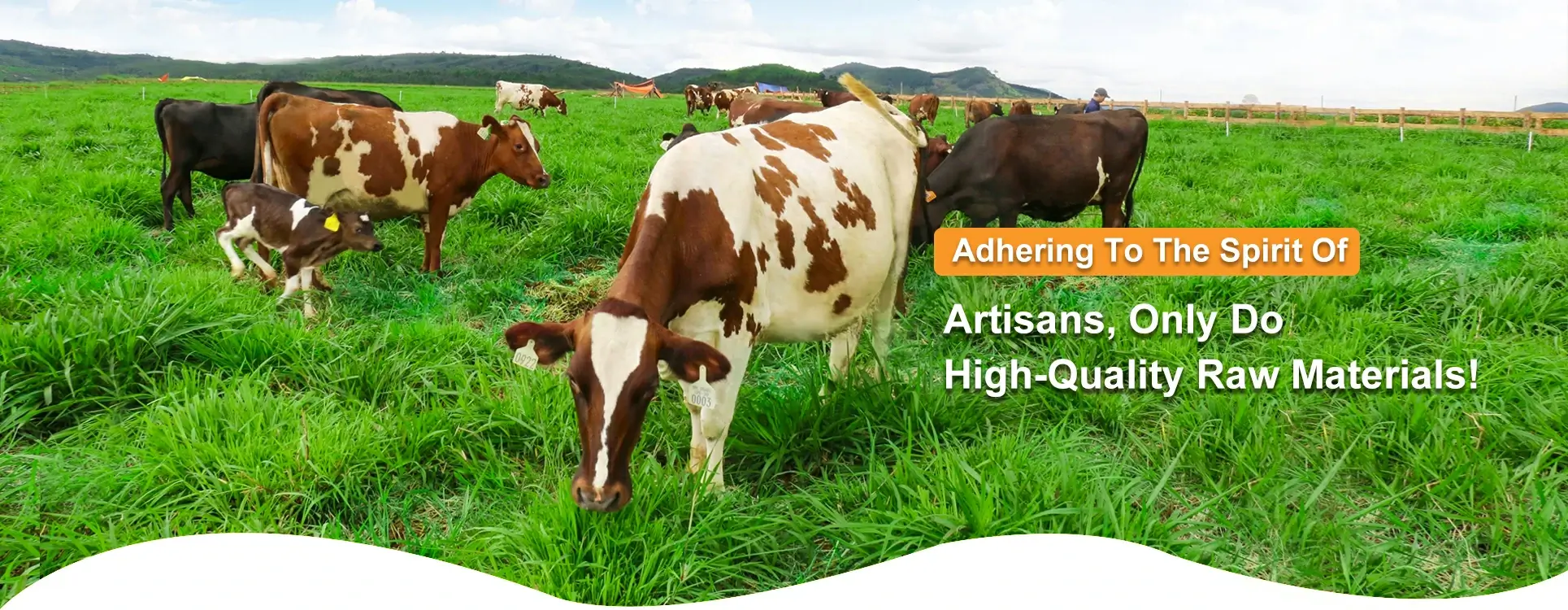Tag/remove immunosuppression
-
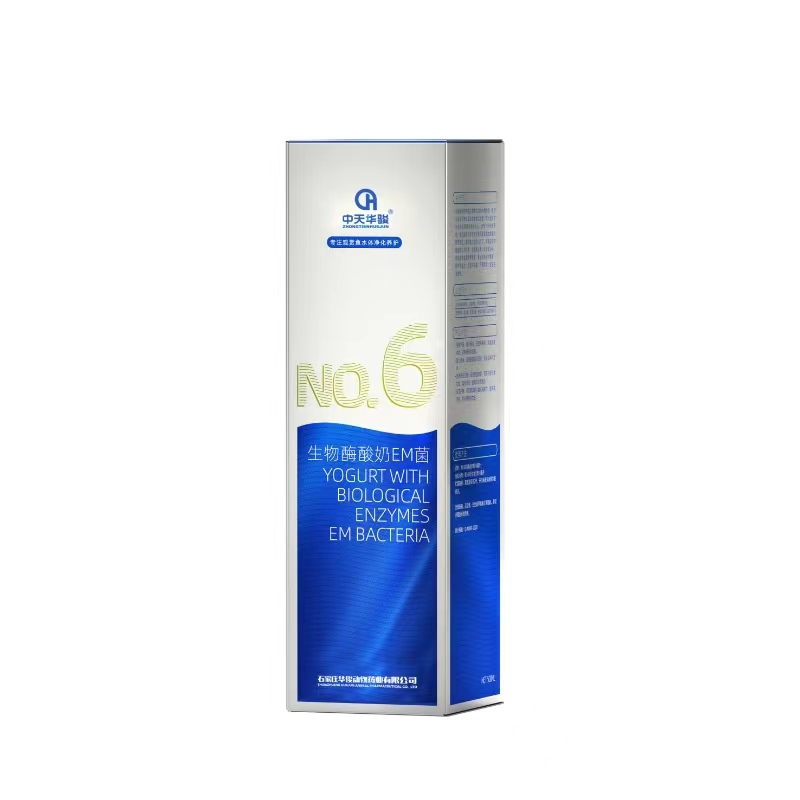 Yogurt With Biological Enzymes EM Bacteria
Yogurt With Biological Enzymes EM Bacteria -
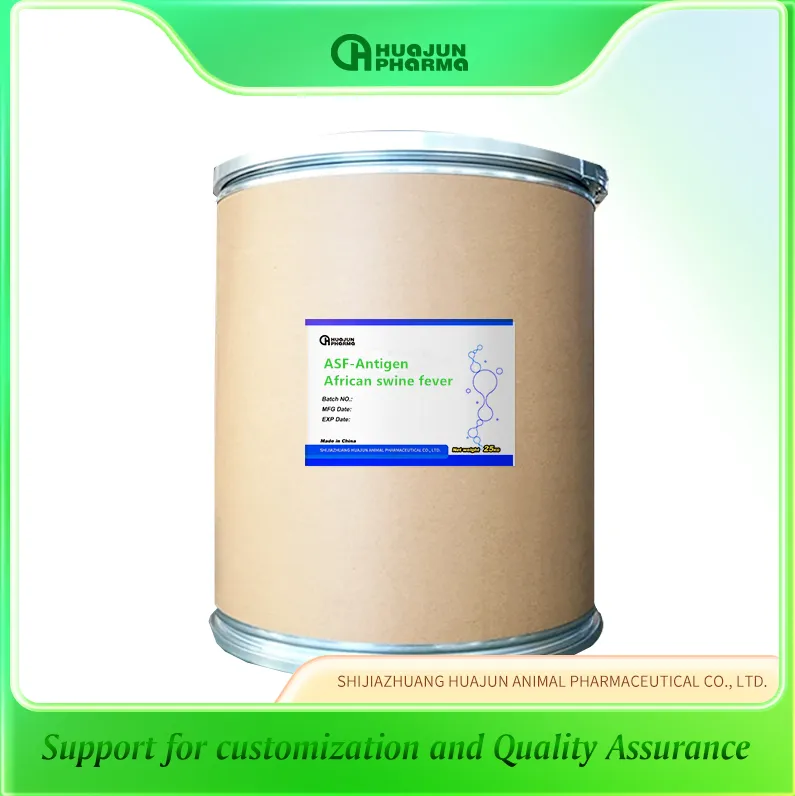 ASFV (African swine fever virus)-Antigen
ASFV (African swine fever virus)-Antigen -
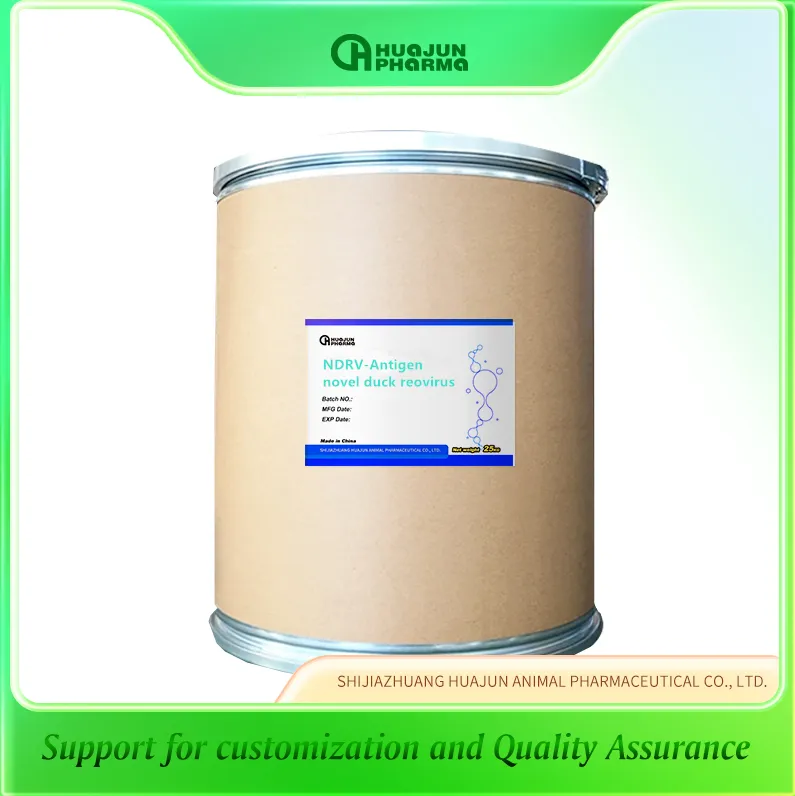 Novel duck reovirus (NDRV)-Antigen
Novel duck reovirus (NDRV)-Antigen -
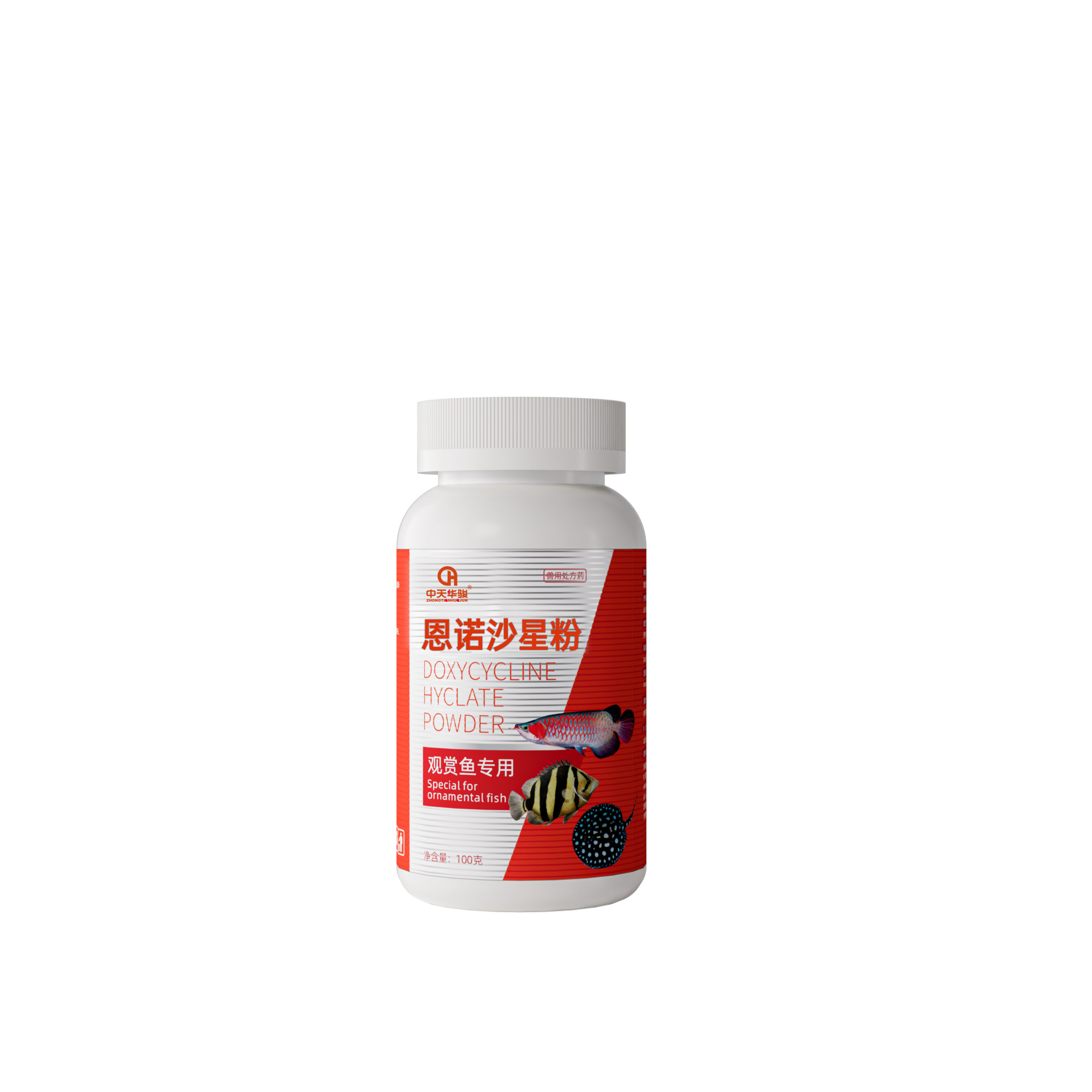 Doxycycline hyclate powder
Doxycycline hyclate powder -
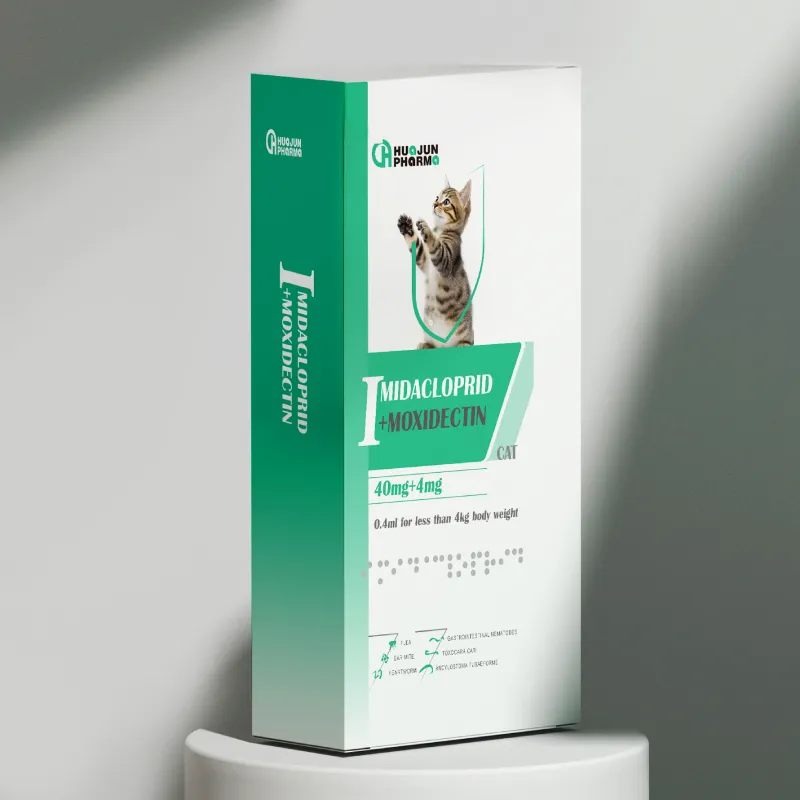 Vet-recommended Flea Treatment & Prevention For Kittens, Small Cats & Ferrets imidacloprid +moxidectin Spot On Topic Solutions
Vet-recommended Flea Treatment & Prevention For Kittens, Small Cats & Ferrets imidacloprid +moxidectin Spot On Topic Solutions -
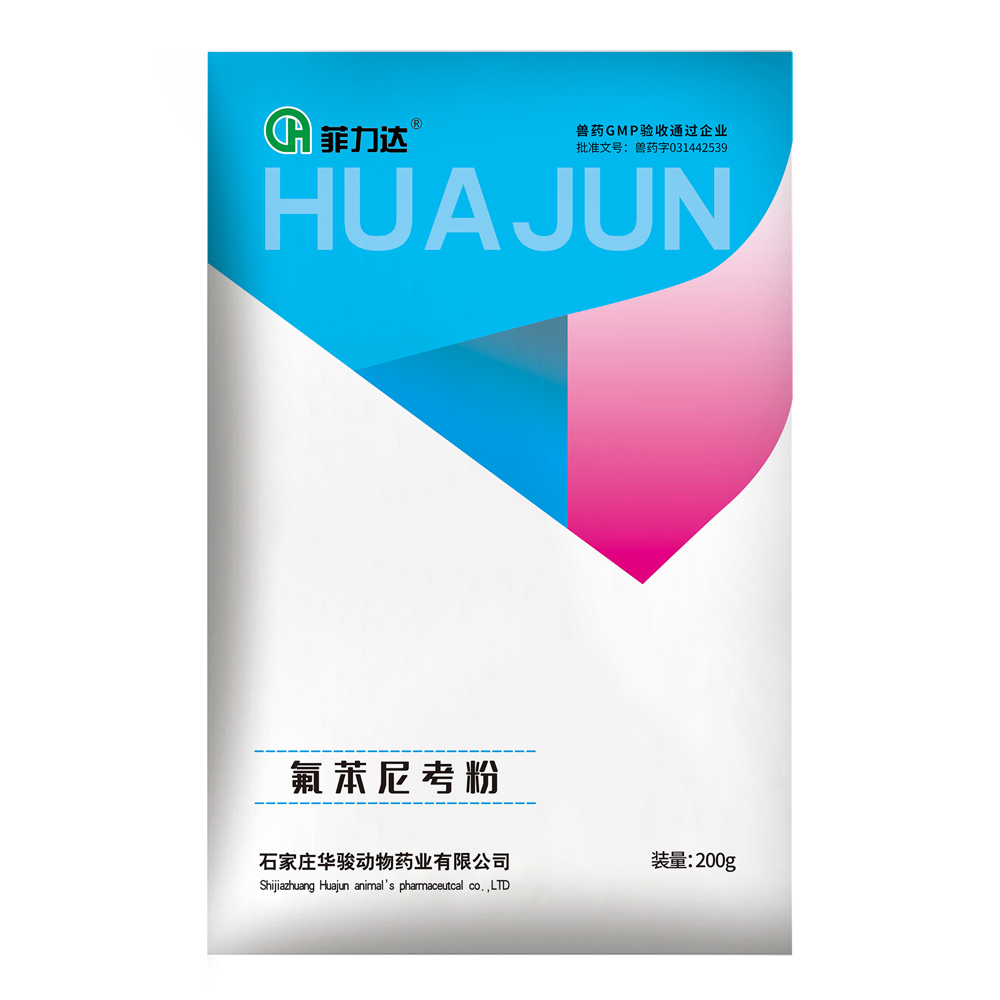 Florfenicol Powder
Florfenicol Powder -
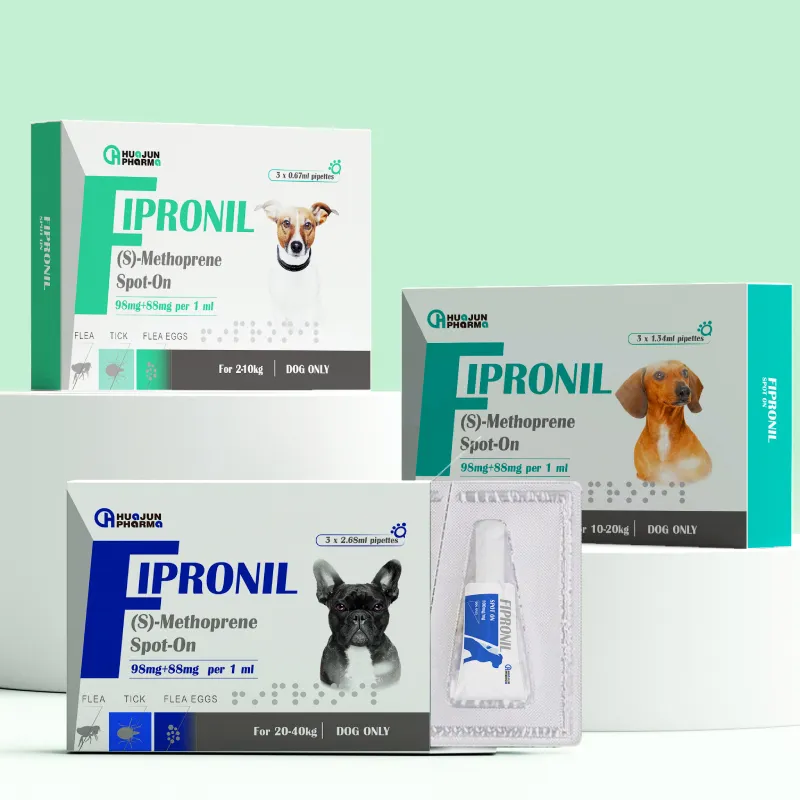 Aniti External Parasites Product Fipronil & S-Methoprene Spot On for dogs
Aniti External Parasites Product Fipronil & S-Methoprene Spot On for dogs -
 High Calorie Nutritional Paste for Cats
High Calorie Nutritional Paste for Cats -
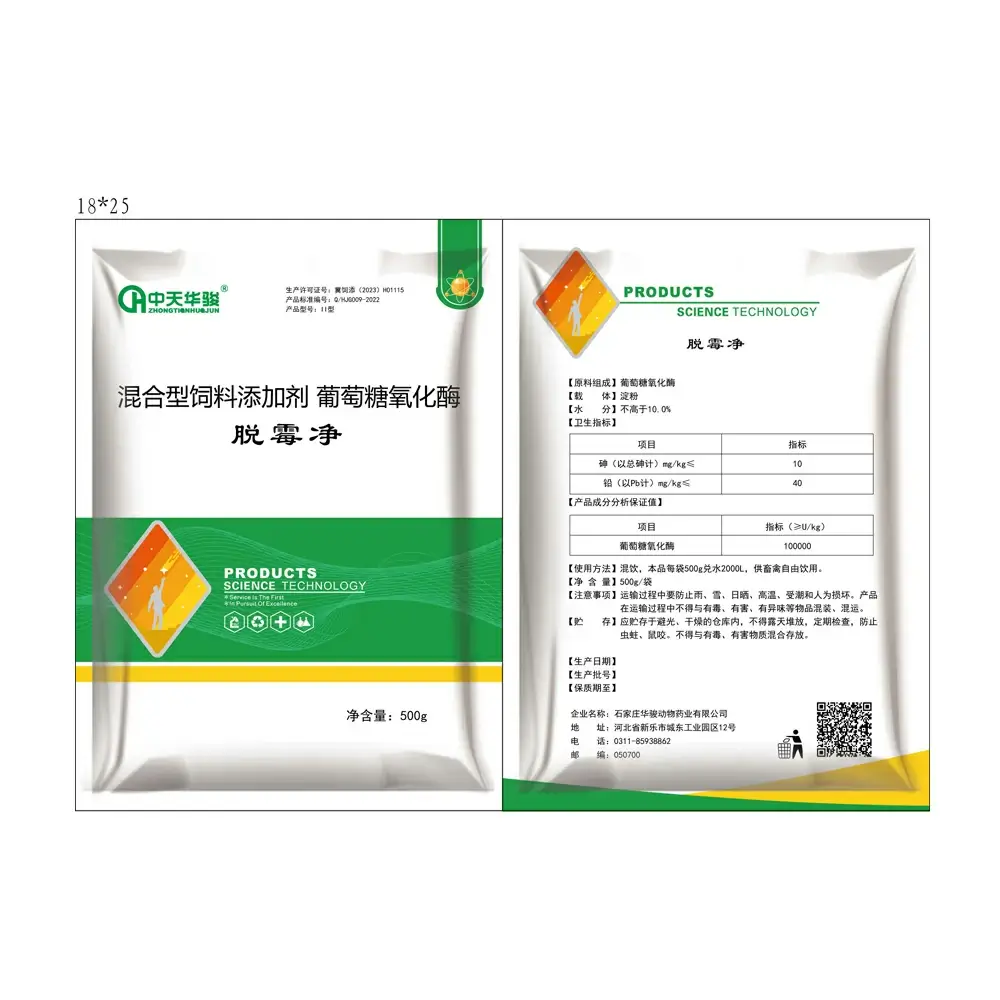 A mildew remover that only removes mildew without removing nutrients
A mildew remover that only removes mildew without removing nutrients -
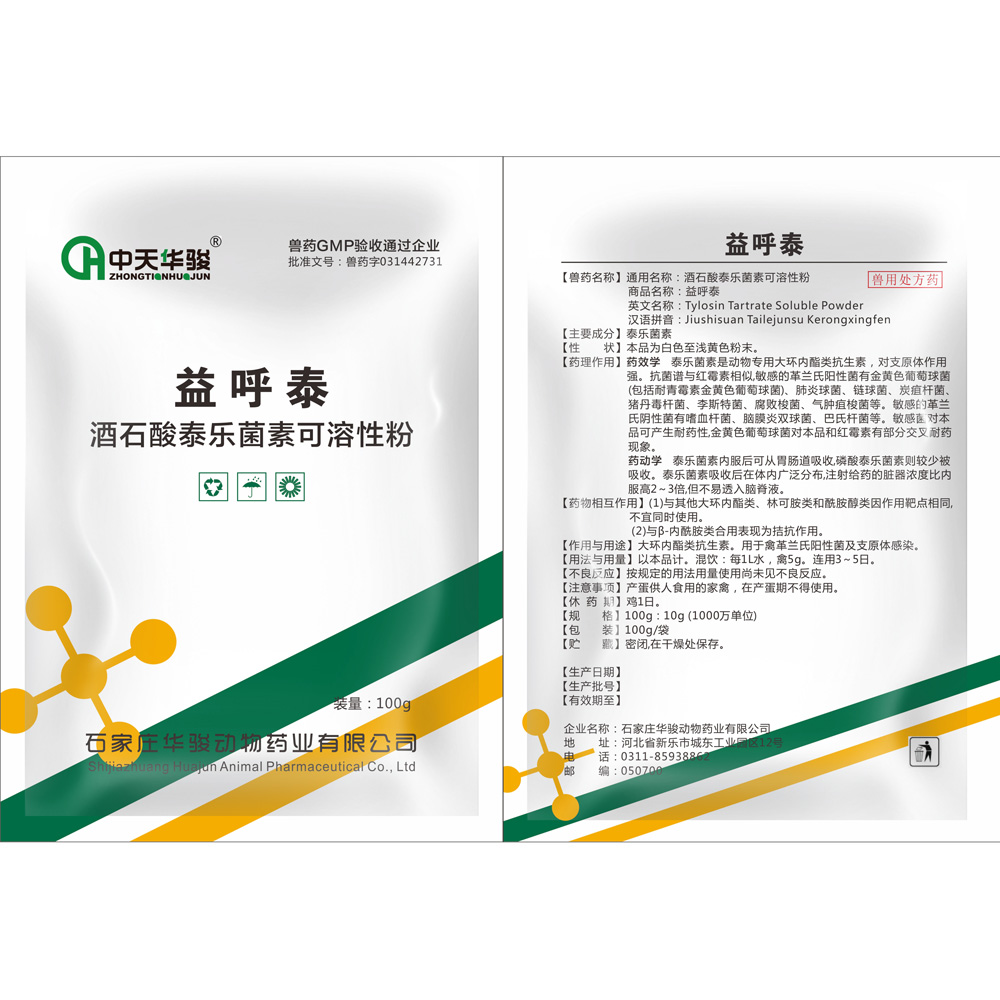 Yihutai, Tylosin Tartrate Soluble Powder, respiratory diseases
Yihutai, Tylosin Tartrate Soluble Powder, respiratory diseases
Produtct Title
remove immunosuppression-
Zinc Oxide Cream For Pet Use For Treatment Of Dermatitis/eczema

-
Interleukin (IL)
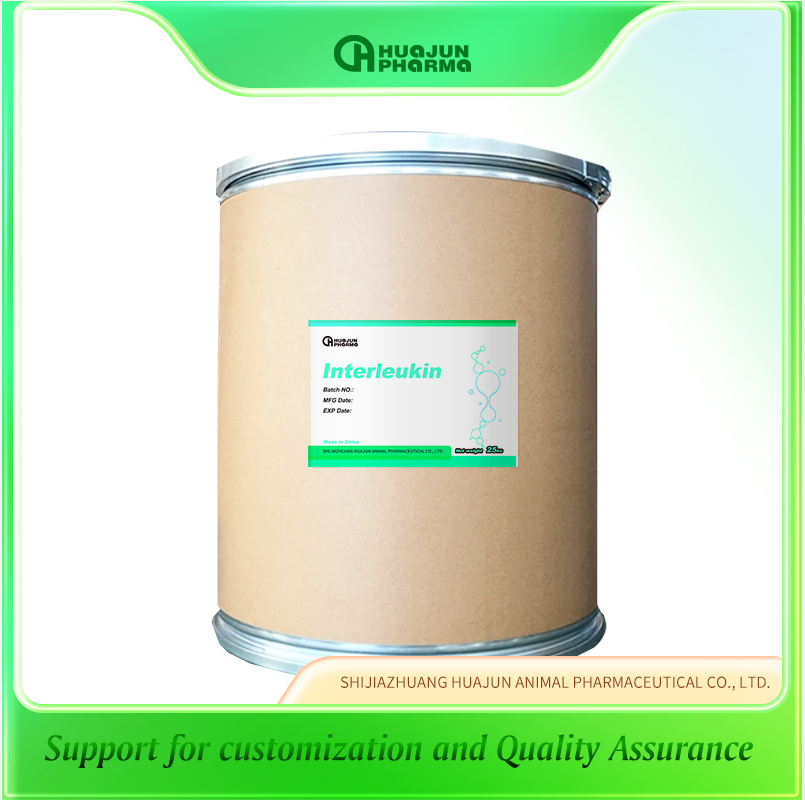
-
Bacillus coagulans
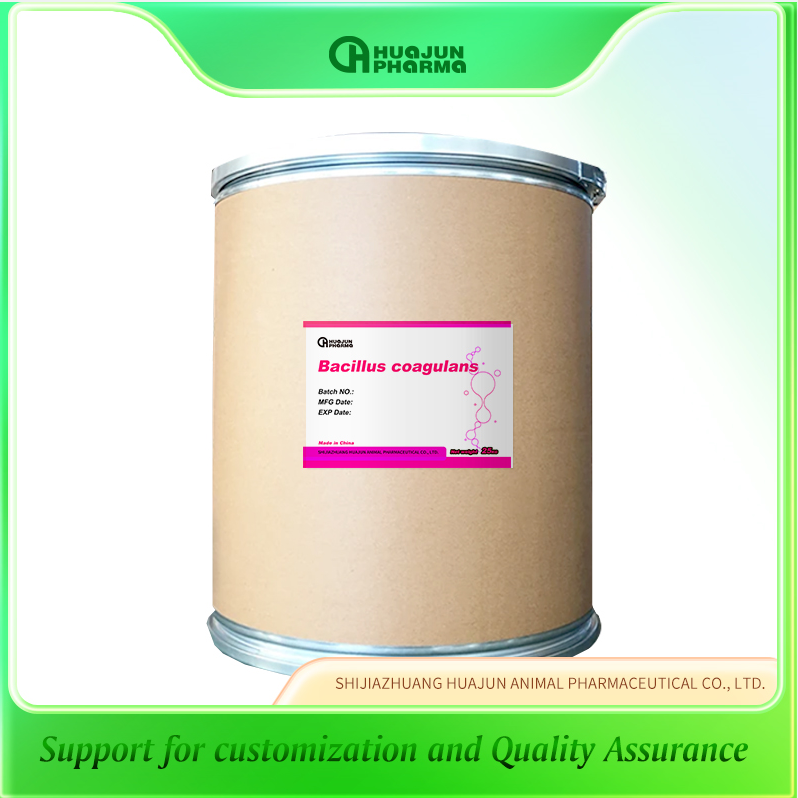
-
Mycoplasma synoviae antigen
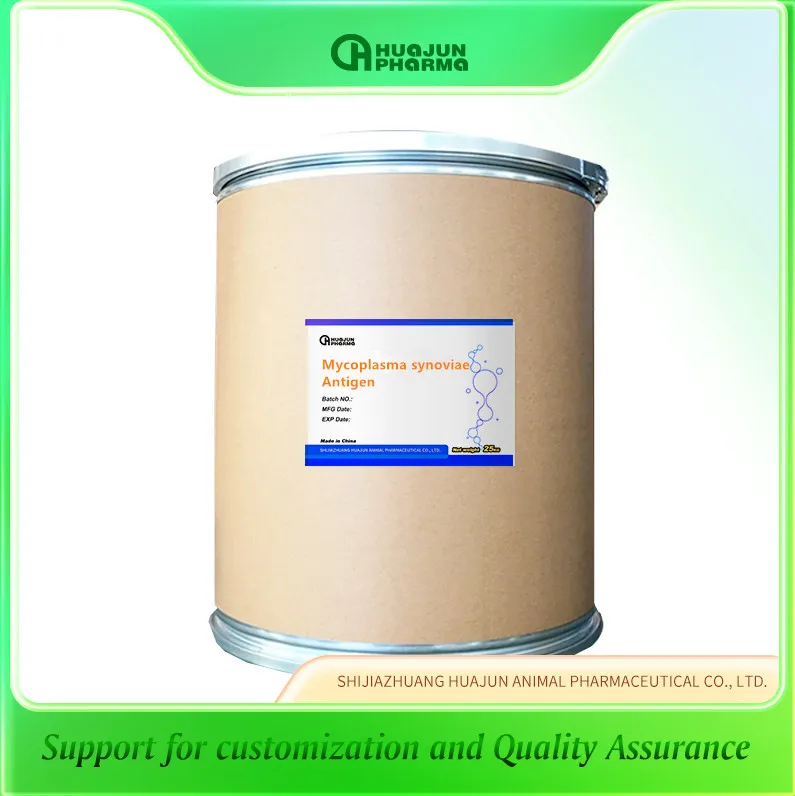
-
Gmp Certified Factory Fipronil Spot On For Flea And Tick Prevention&treatment For Dog And Cat
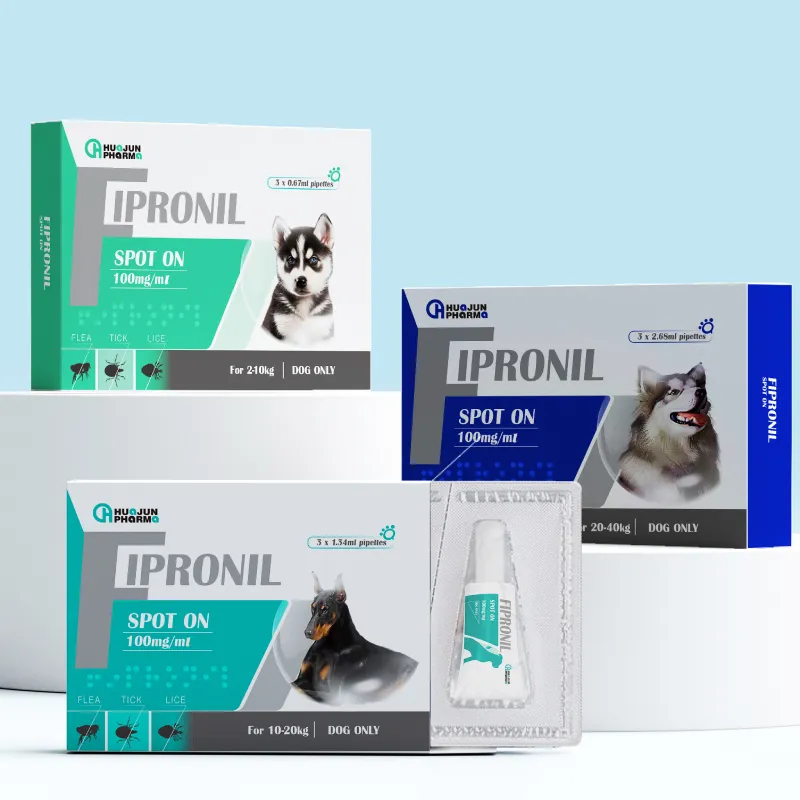
-
Herb medicine, Maxingshigan Decoction, Clearing lung
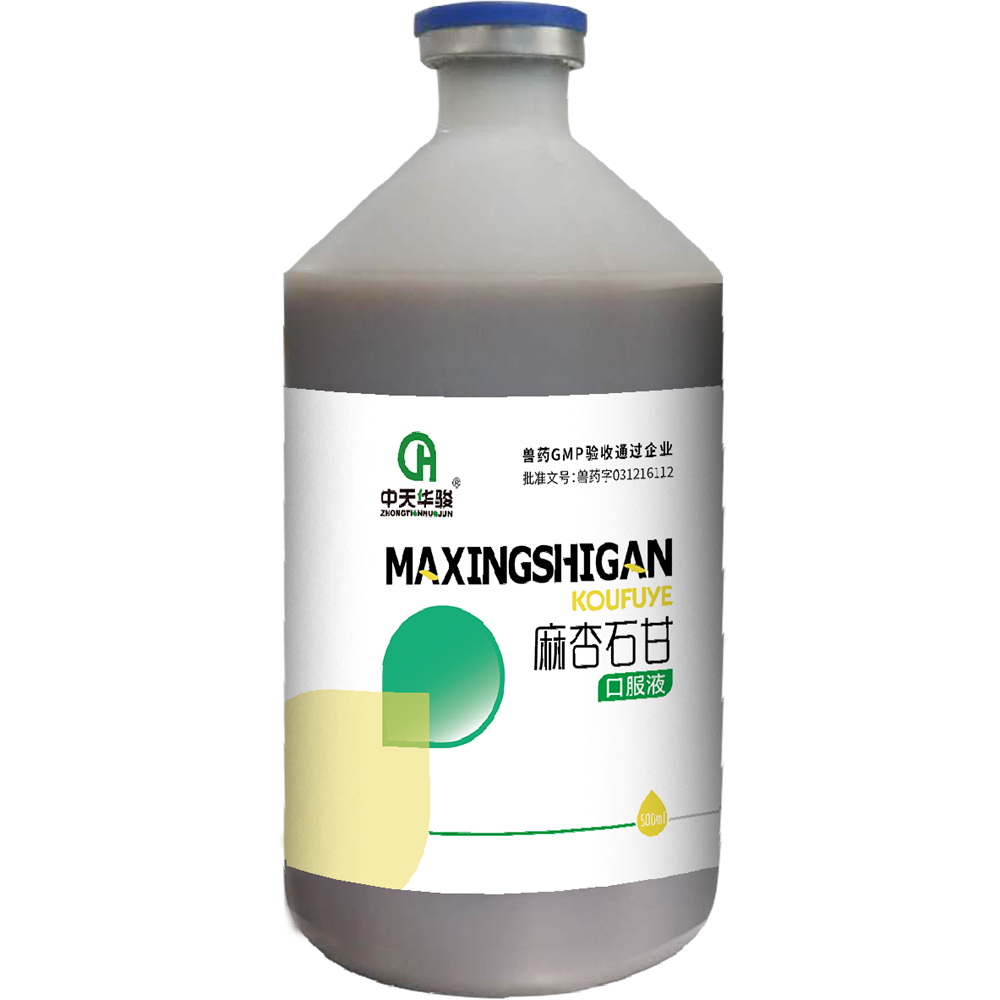
-
GPV (gosling plague virus)-Antigen
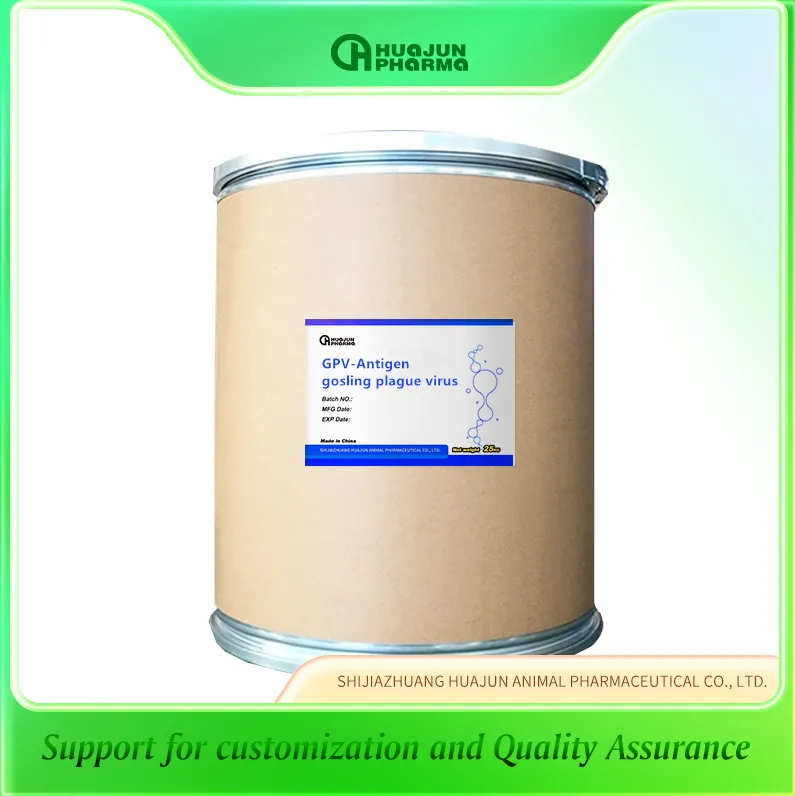
-
Herbal Medicine Astragalus Crude Extract Water Soluble Powder
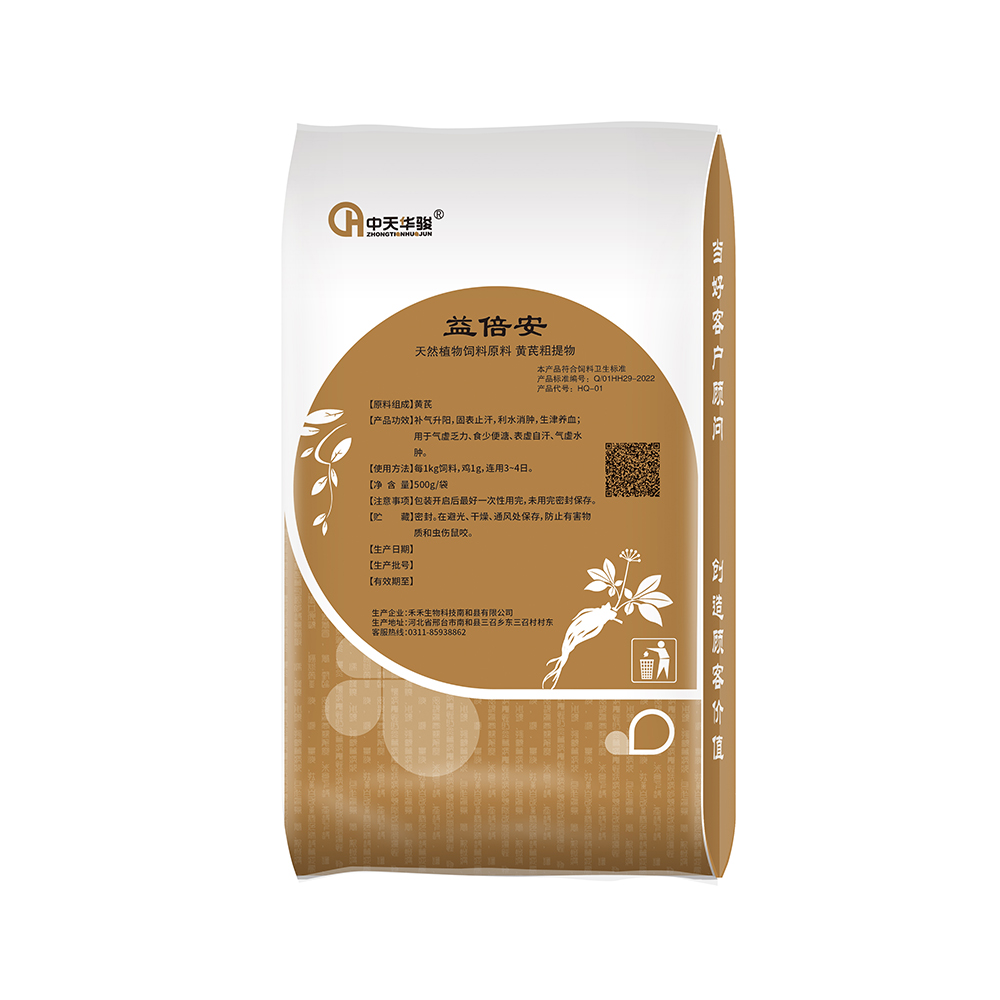
-
IBDV VP2 protein -Antigen
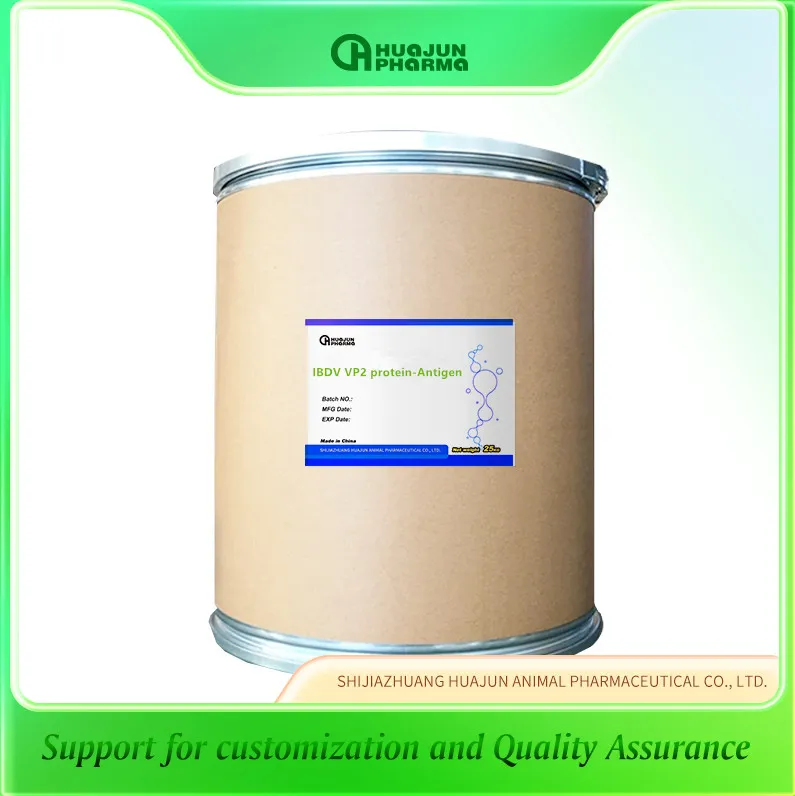
-
Anti-inflammation Peptides
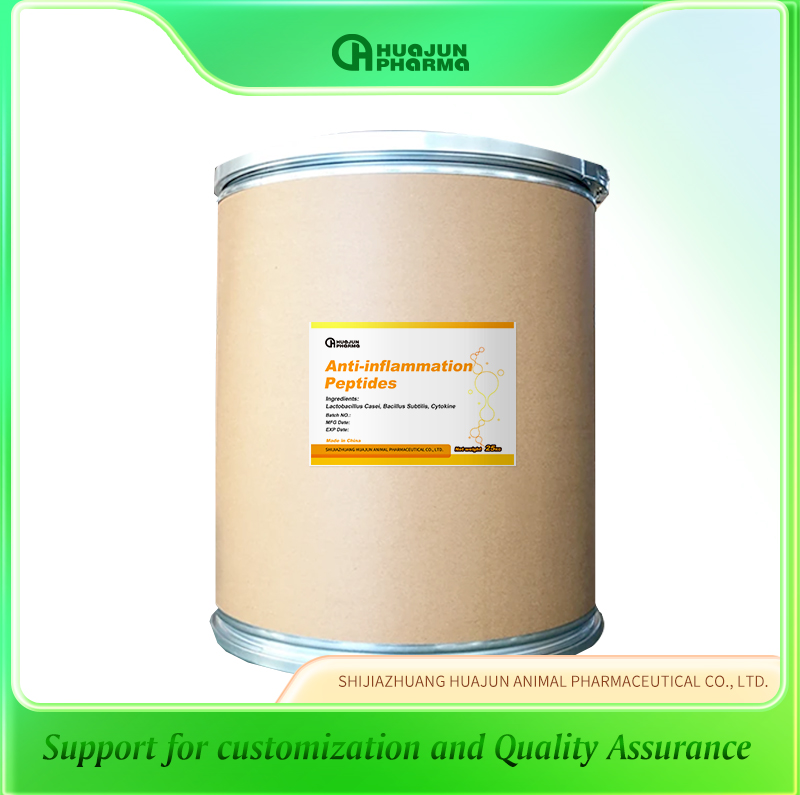
-
Herbal Medicine Honeysuckle extract Water Soluble Powder
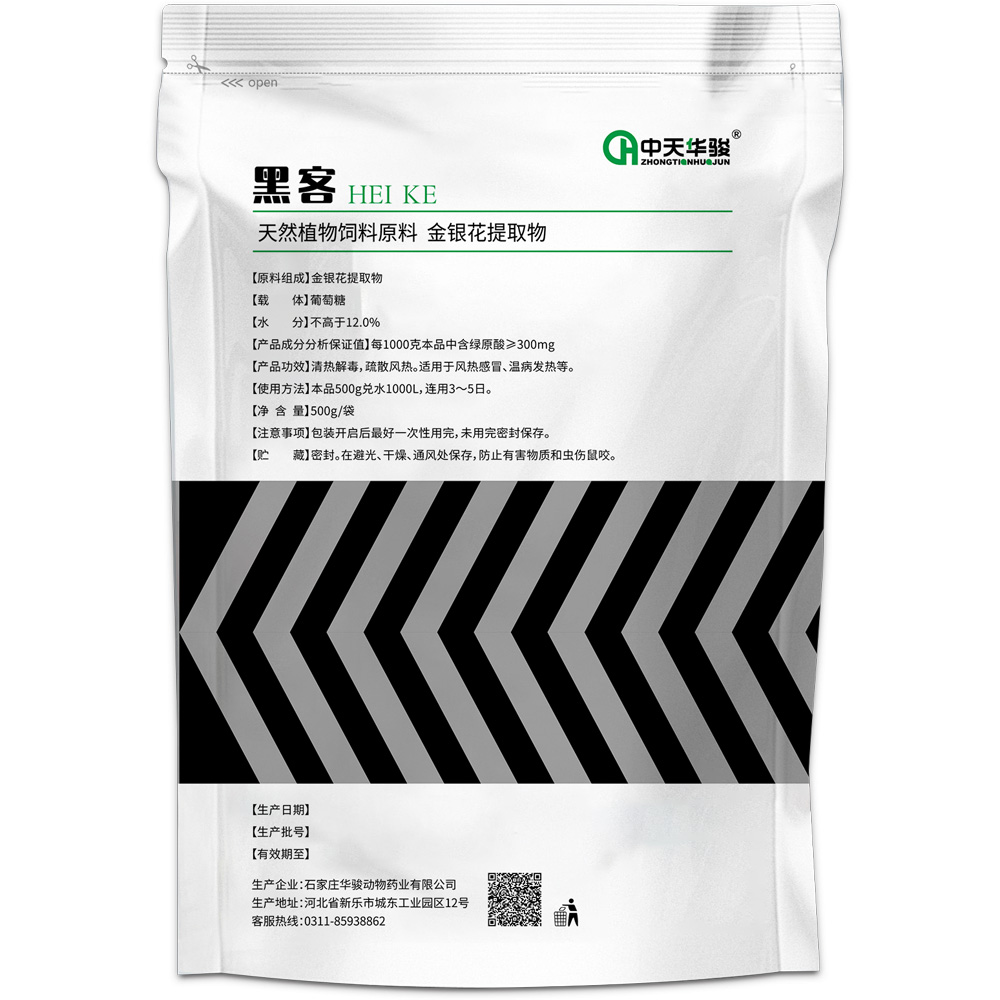
-
Transfer Factor (TF)
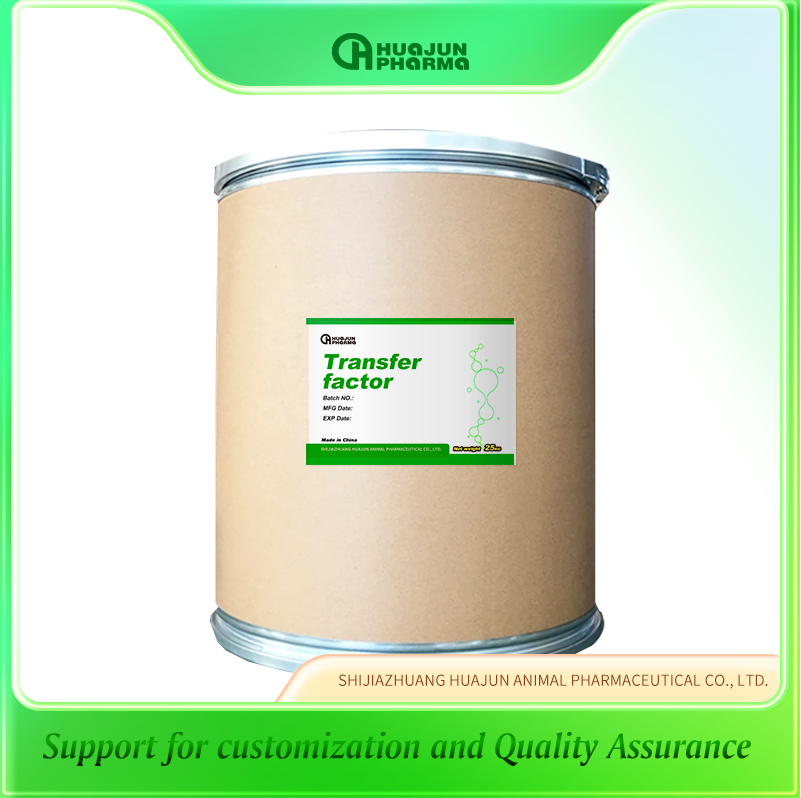
-
Dexamethasone Sodium Phosphate Injection 0.2%
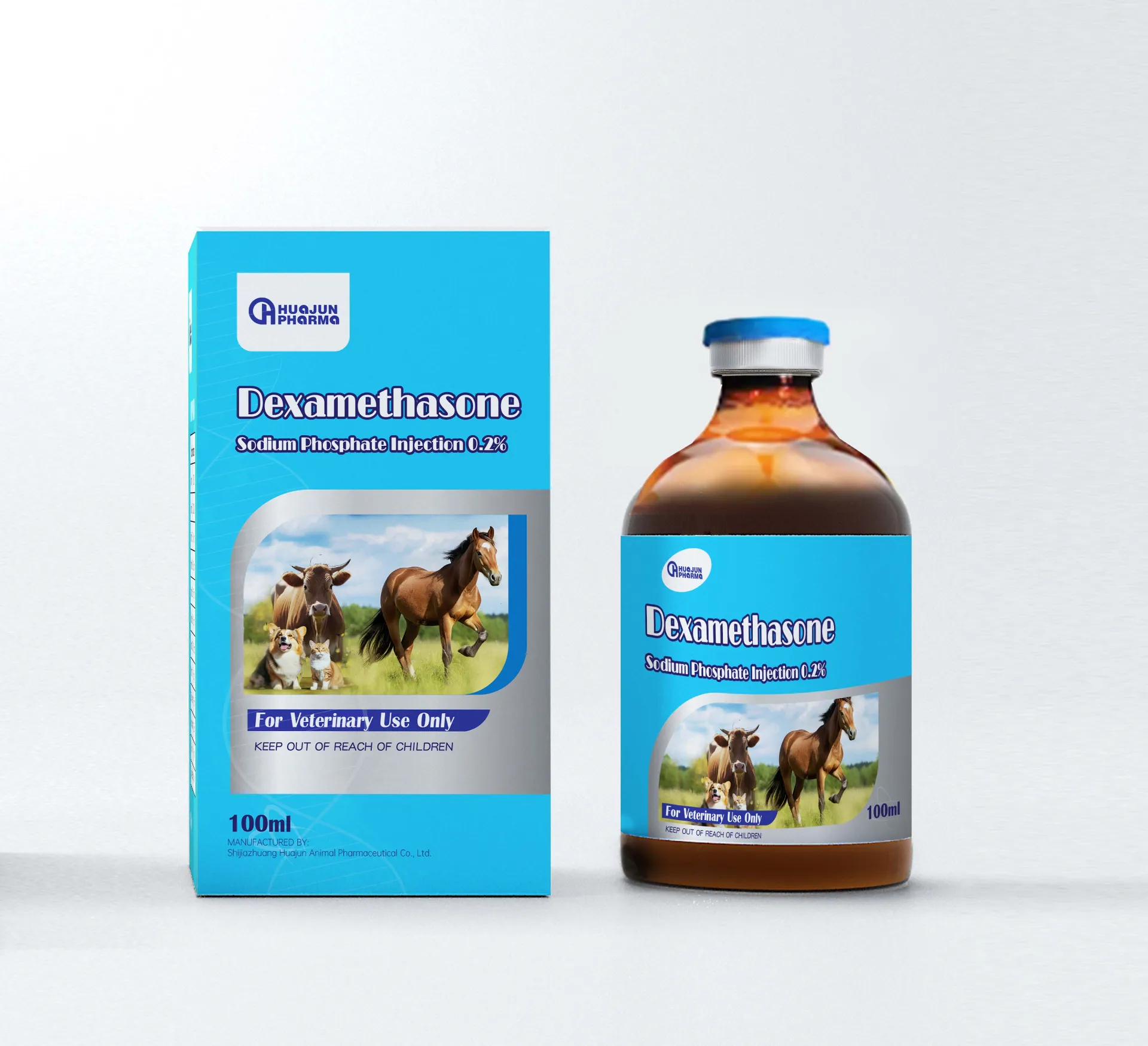
-
Afoxolaner Plus Milbemycin Oxime Chewable Tablet For Treatment Of Flea, Tick, And Worms For Dogs
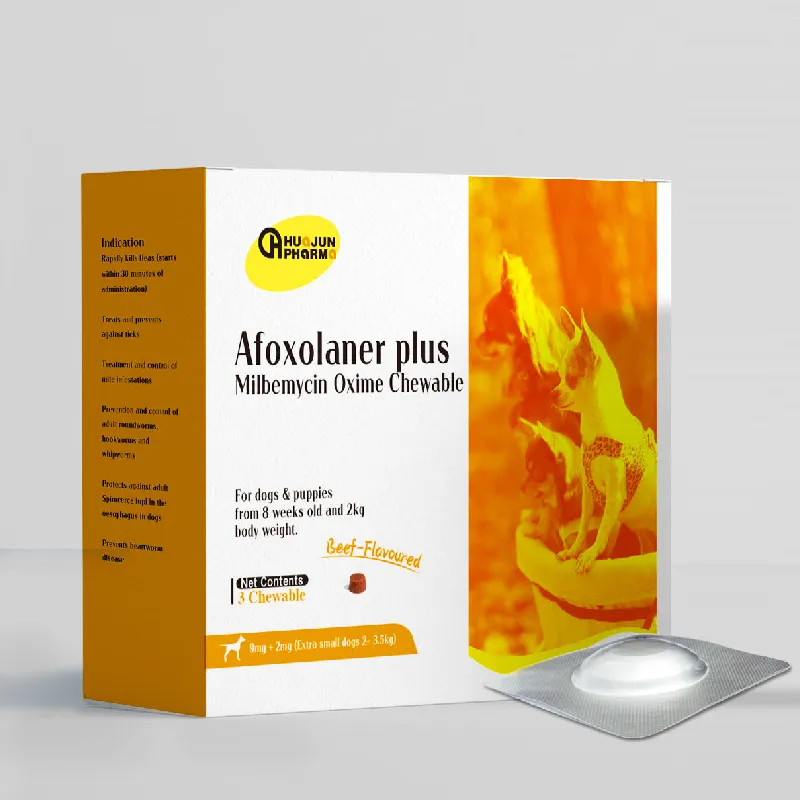
Related News
-
2024-06-20Remove mold and mildew with custom solution.The Custom Mold & Mildew Remover A Revolutionary Solution for Home MaintenanceIn the realm of home
-
2024-07-11Top suppliers for removing immunosuppression from medical products and treatmentsImmunosuppression is a medical treatment that helps lower the body's immune response. It is commonly
-
2024-09-20ការលុបចោលរោងចក្រ Immunosuppression | សំណង់អាសុីអំពីប្រធានបទ ការដកអាចមានប្រយោជន៍នៃការផឹកសារធាតុប្រឆាំងសារធាតុផ្សេងៗ ការដកអាចមានប្រយោ
-
2024-09-28How to Remove Salmonella from Food Safely and EffectivelyUnderstanding and Addressing Salmonella ContaminationSalmonella is a genus of bacter
-
2024-10-31Eliminate Immunosuppression Suppliers for Enhanced Health Solutions and TherapiesEliminating Immunosuppression A Critical Step Towards Healthier AlternativesImmunosu
-
2024-11-08custom remove immunosuppressionCustom Removal of Immunosuppression A New Approach in MedicineImmunosuppression ref
-
2024-11-15china remove immunosuppressionThe Significance of Removing Immunosuppression in ChinaImmunosuppression is a medica
-
2024-11-24china remove immunosuppressionThe Case for Removing Immunosuppression in China A Comprehensive OverviewImmunosuppr
-
2024-11-24remove immunosuppression supplierUnderstanding the Importance of Removing Immunosuppression A Focus on SuppliersImmu
-
2024-12-11alisin ang mga pabrika ng immunosuppressionAlisin ang mga Pabrika ng ImunosupresyonSa mundo ng medisina, ang imunosupresyon ay
-
2024-11-07Dexamethasone Powder Production Facilities and Their Impact on Pharmaceutical IndustryExploring Dexamethasone Powder Factories Production and ImpactDexamethasone, a synth
-
2024-12-12china porcine eperythrozoon diseasePorcine Eperythrozoon Disease An OverviewPorcine Eperythrozoon disease is an emergin
-
2024-12-30china non prescription penicillinThe Landscape of Non-Prescription Penicillin in ChinaIn recent years, the discourse
-
2024-11-05amoxicillin plus tylosin suppliersAmoxicillin Plus Tylosin Suppliers A Comprehensive GuideIn the world of veterinary
-
2024-08-12Understanding Ivermectin and Its Manufacturers in the Pharmaceutical Industry and Their Impact on HealthWhat is Ivermectin and Its Manufacturers?Ivermectin is a broad-spectrum antiparasiti
-
2024-10-08साल्पिंगिटिस isthmica nodosa hsg कारखानाओंसालपिंगाइटिस इथमिका नोडोसा एक व्यापक समीक्षासालपिंगाइटिस इथमिका नोडोसा (एसआईएन) एक
-
2024-12-03Manufacturers of Norfloxacin and Tinidazole in the Pharmaceutical IndustryNorfloxacin and Tinidazole Manufacturers A Comprehensive OverviewIn the pharmaceutic
-
2024-09-01china duck paramyxovirus diseaseChina Duck Paramyxovirus Disease An Emerging Threat to PoultryIn recent years, the e
-
2024-11-13erythrodermaUnderstanding Erythroderma Causes, Symptoms, and ManagementErythroderma, also known
-
2024-11-17mikoplasma antiviel fabrikalarıMycoplasma Antikorları Anlayış ve ÖnemiMycoplasma, insan ve hayvanlarda sıkça buluna
Related Search
- remove immunosuppression
- china remove immunosuppression
- custom remove immunosuppression
- remove immunosuppression suppliers
- remove immunosuppression factories
- remove immunosuppression manufacturer
- remove immunosuppression supplier
- remove immunosuppression factory
- remove immunosuppression manufacturers
- fishbiotics amoxicillin manufacturers
- streptococcosis of sheep factory
- equimax ivermectin paste manufacturers
- coccidiosis in baby chicks suppliers
- norfloxacin fluoroquinolones suppliers
- osteomalacia factories
- tiamulin and tylosin supplier
- custom bloody stools
- mycoplasma primers factories
- amino acids suppliers
- dactylogyrus disease factory
- china salpingitis aguda
- la salmonella es supplier
- custom ivermectin for cows
- water quality stabilizer factories
- bacillus coagulans for sibo factory
- sinergasilus factories
- custom ivermectin plus
- feces stick to the anus suppliers
- bacillus subtilis zb183 manufacturers
- escherichia coli k-12 manufacturers
